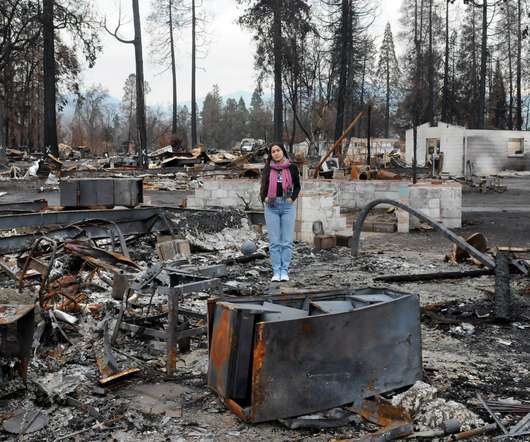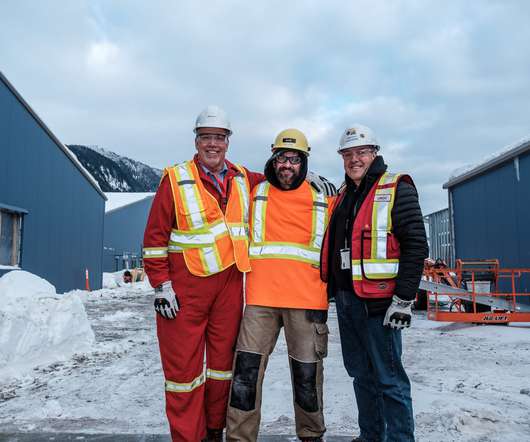Lessons from a year of reporting on climate solutions in Cascadia
Grist
DECEMBER 15, 2021
This story is part of the series Getting to Zero: Decarbonizing Cascadia , which explores the path to low-carbon energy for British Columbia, Washington, and Oregon. And, in the United States, political gridlock chopped the heart out of Congress’ most ambitious clean energy plan. . Worried about the climate crisis?















Let's personalize your content